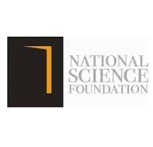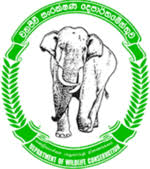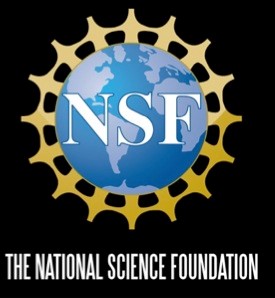
Key personnel: Ms. Madhawika Kodagoda, Ms Buddhika Pathirana
Internet of Things (IoT) for Smart Agriculture: Assessment of agronomic traits and related gene expression of tomato (Solanum lycopersicum) grown under field, semi controlled and controlled enviornmrntal conditions employed with low cost, low energy IoT solutions.
Duration
Jan 2019 - Jan 2021
Funding Agency
Organization for women in Science for the Developing world (OWSD)
Leader
Prof P.C.G. Bandaranayake
Investigators
Prof. W.A.P. Weerakkodi, Prof. K.S.P. Amaratunga,
Internet of things (IoT) applications in smart agricultural systems vary from monitoring climate conditions, automating irrigation systems, greenhouse automation, crop monitoring and management, crop prediction, up to end-to-end farm management systems. These automated systems are developed with sensors for recording, analyzing and controlling various parameters based on wireless sensor network (WSN) technology and cloud computing. Many commercial entities, especially in developed countries, are producing such systems, albeit mostly at a premium price targeted towards large-scale and multinational growers. However, we have shown that such WSNs can be developed with locally available components, at a fraction of the commercially-available such solutions. One of the main challenges for the advancement of IoT systems for agricultural domain is the lack of experimental data under operational environmental conditions. Most of the current designs are based on simulations and artificially generated data. Therefore, the essential first step is studying and understanding the finely tuned and highly sensitive mechanism plants have developed to sense, to respond, and to adapt to changes in their environment, and their behavior under field and controlled systems. A wide array of IoT devices, including image processing, combined with machine learning neural networks will help us to study such complicated behavior and it minute changes.
Therefore, this study was designed to achieve several specific objectives;
- to develop IoT systems for semi-controlled and controlled greenhouses, and for field assessment,
- to study the performance of the developed systems under field, semi-controlled and controlled greenhouses and generate real-time experimental data for modeling and learning algorithms,
- to gradually introduce intelligence into the IoT system using machine learning (artificial neural network) approaches, in order to improve the efficiency and efficacy of the controlled and semi-controlled environments,
- to develop low-cost low-power IoT components from basic building blocks, those have performance comparable to that of off-the-shelf IoT components, and redesign the IoT systems using those components,
- real-time monitoring of plant growth under semi-controlled and controlled environmental conditions while providing recommended dosage of nutrients, day length, humidity, soil moisture content etc., and compare that to the filed-grown plants,
- to study the growth and yield parameters in three different conditions for the varieties bred for open field cultivation and for greenhouse cultivation,
- to study the gene expression of the crop in response to field, semi-controlled and controlled greenhouse conditions,
- to study the correlation of gene expression and environmental variability assessed and controlled using IoT devices.
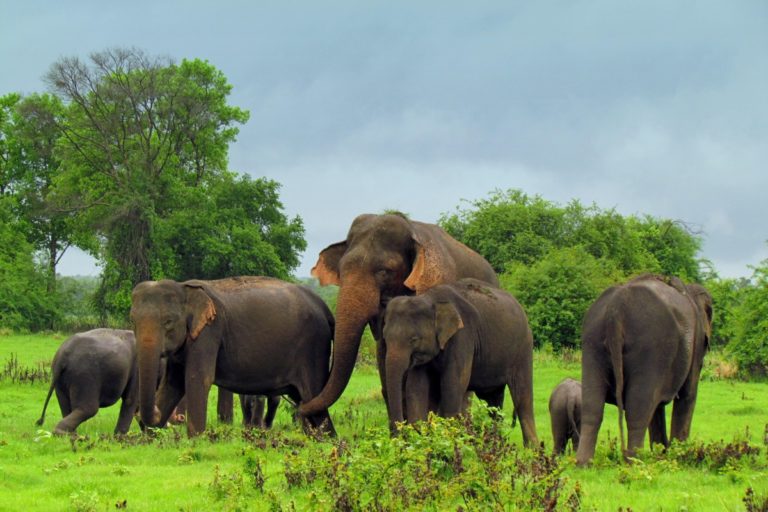


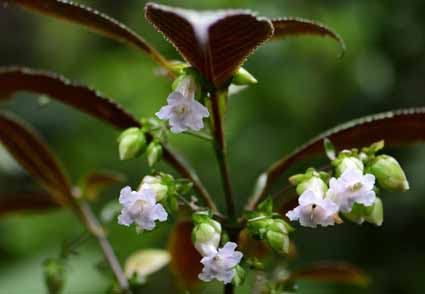
.png)





